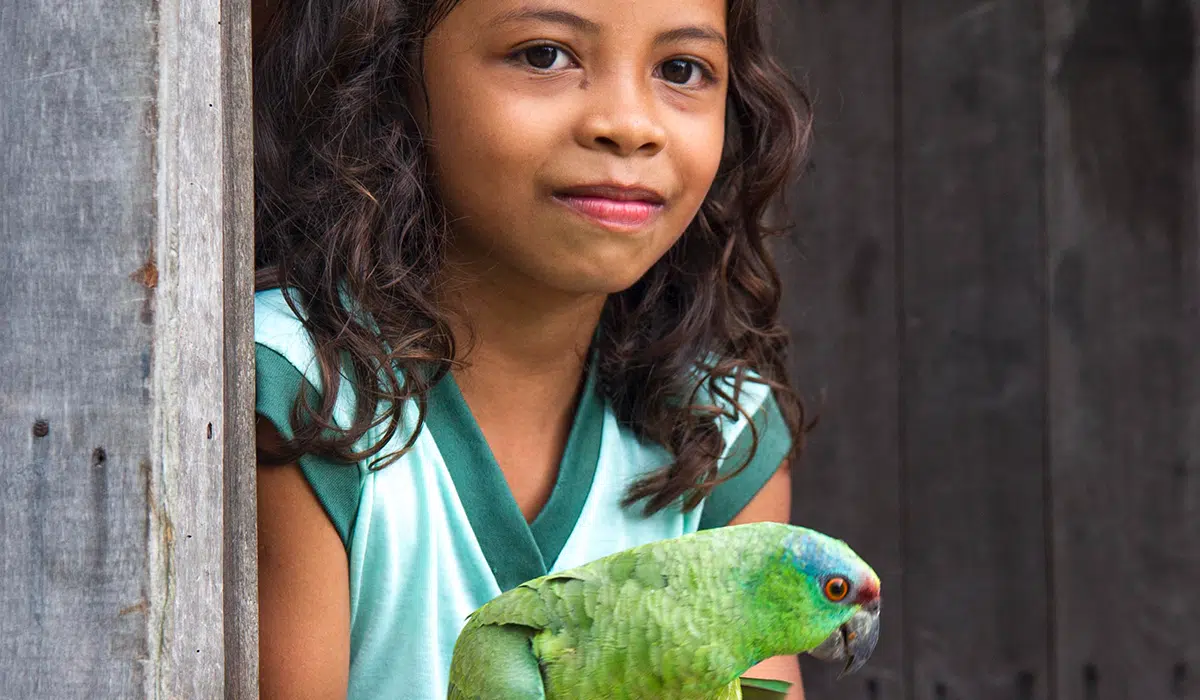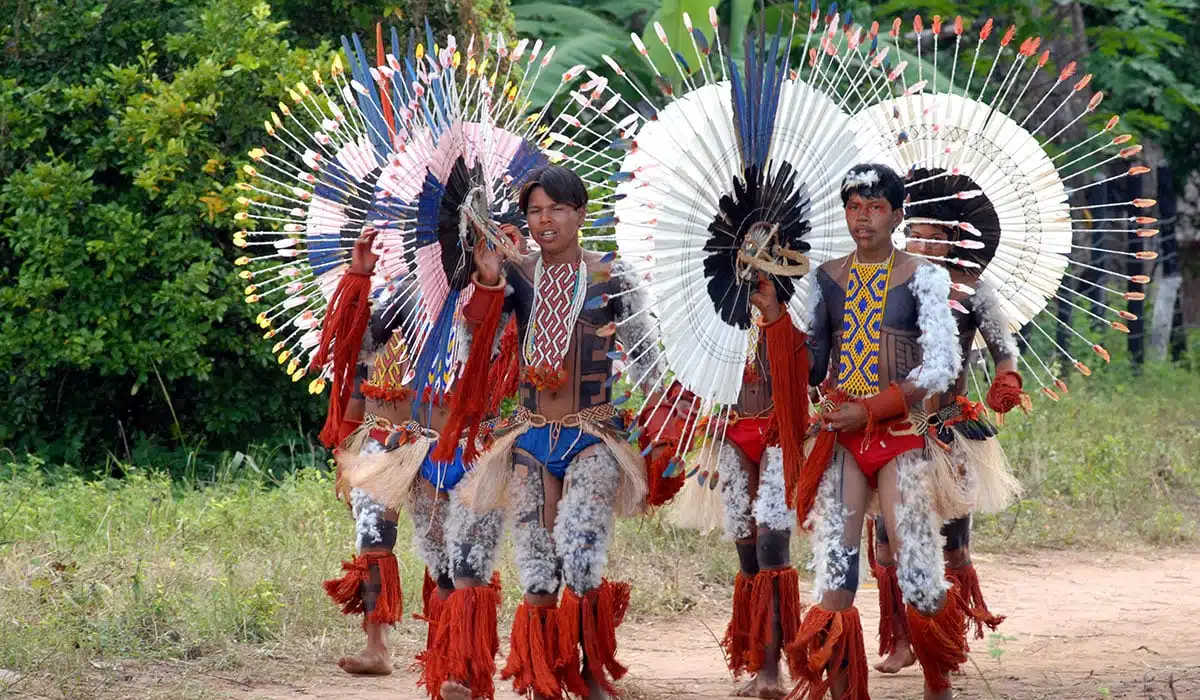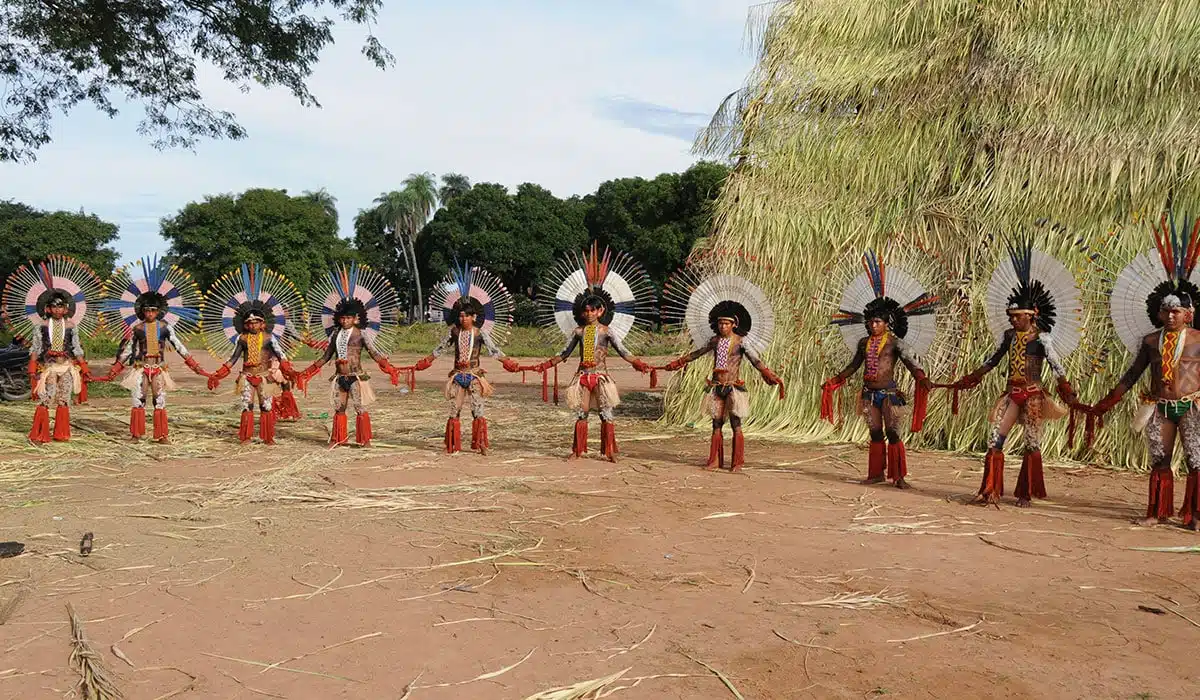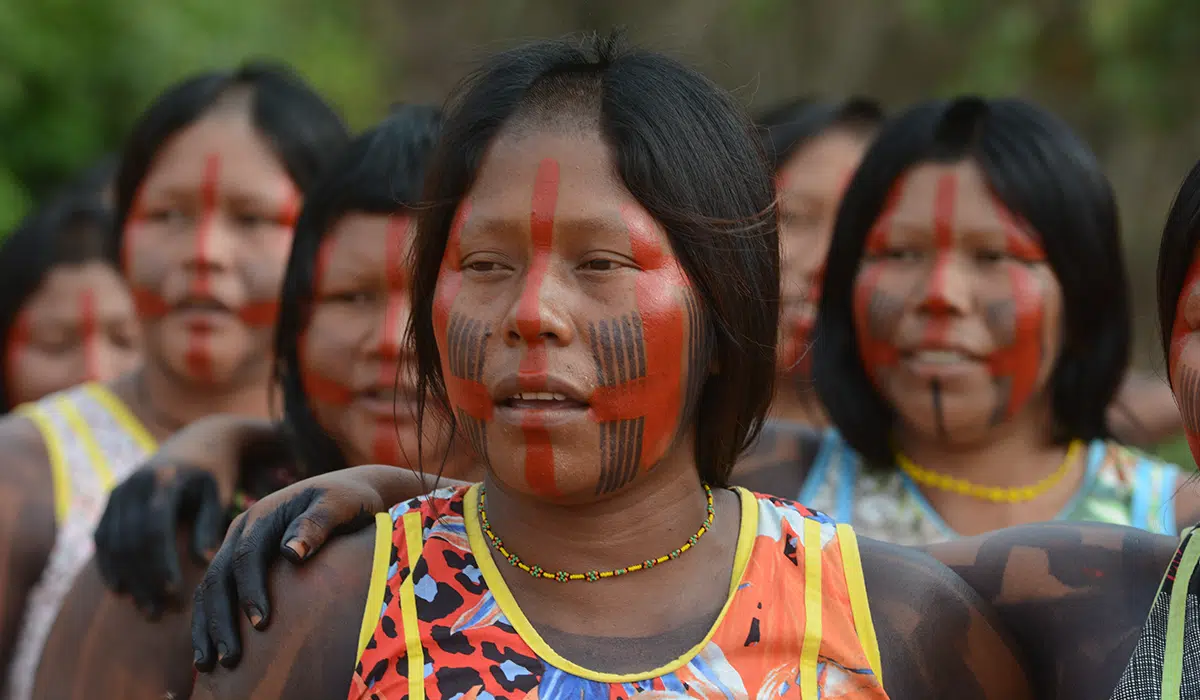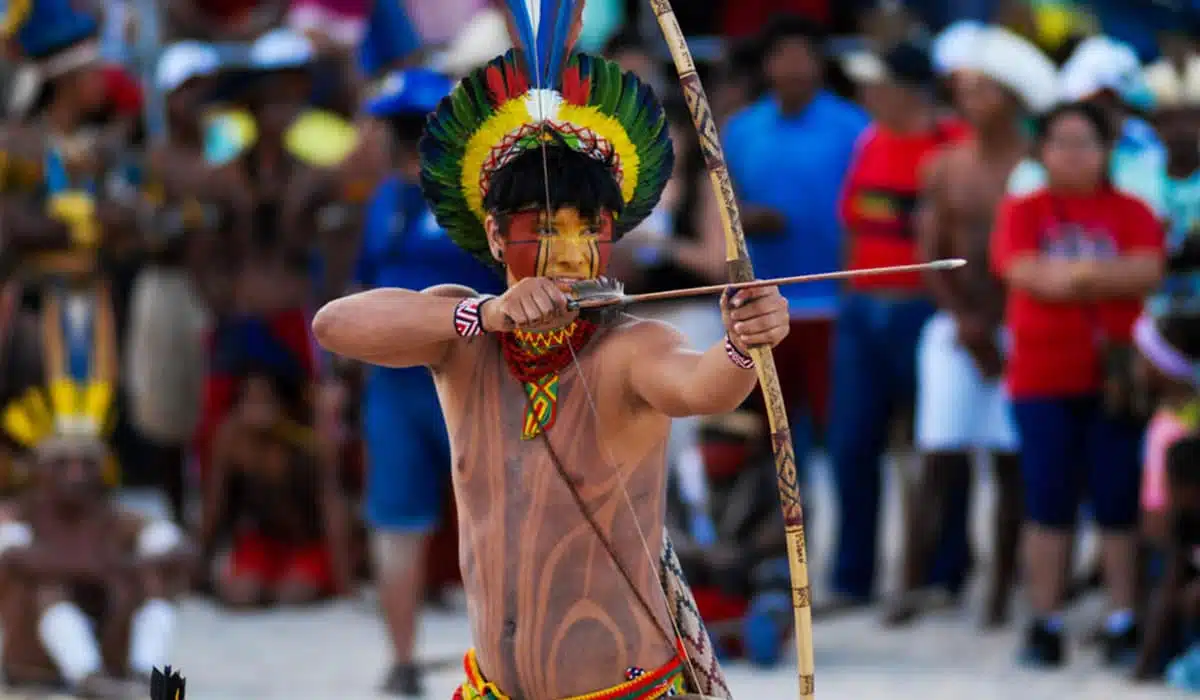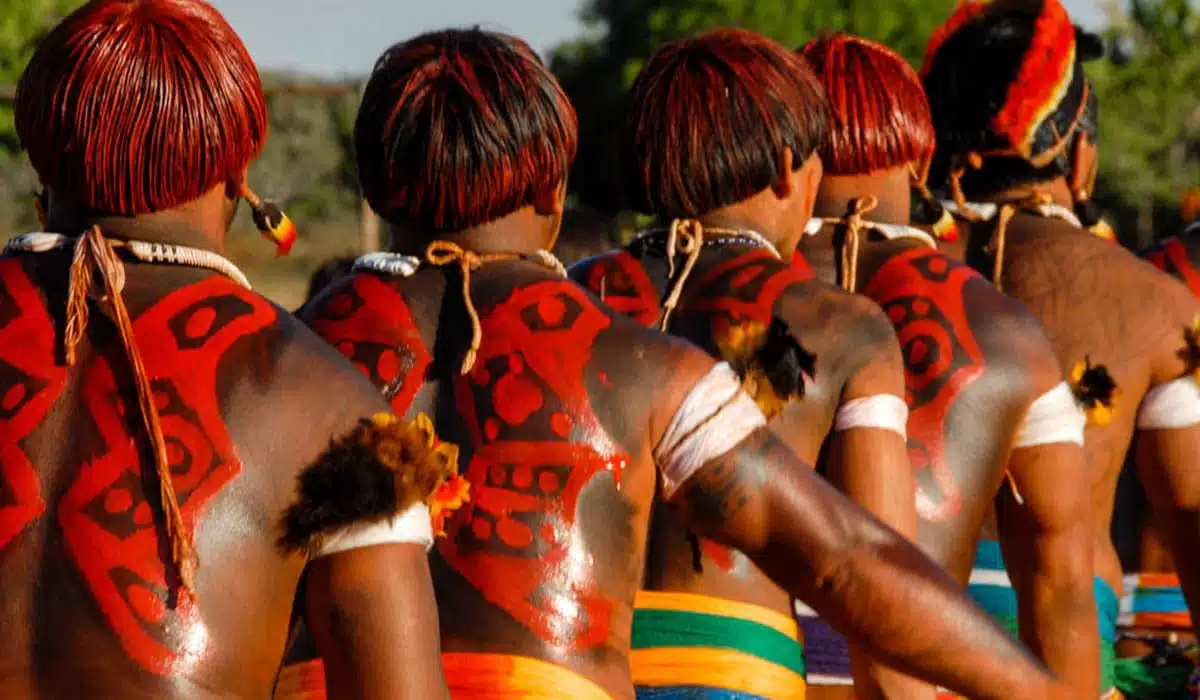Serge Guiraud introduces us to the extraordinary populations living in the Amazon Rainforest
Serge Guiraud, photographer, documentary film maker, ethnographer and specialist in Brazil tribal populations, has been traveling the Amazon basin for three years to study the relationships between these unique populations and the “outside world”. Serge also accompanies PONANT guests on selected tropical expeditions as an expert ethnologist and today is sharing his amazing experiences with indigenous populations in the Amazon.

What are the most unique cultural traditions you have experienced in the Amazon?
The most unique traditions I have experienced were those I witnessed in the one year that I spent with the Yawalapiti people located in the Xingu National Park in Mato Grosso, Brazil. I was able to establish a privileged relationship with various personalities in this community, both friendly and sometimes confrontational. During my stay, I witnessed the entire funeral cycle, from death to the end of mourning. Being very often the only foreigner in the village, I “participated” in the different stages which limit this particular period: daily discussions at dusk in the men’s house, shamanic cures, preparations for ceremonies, body painting sessions, outings in the forest, ritual fishing, etc.
My local guides helped me interpret all these events and educated me on the myths. Writing these few lines, I am reminded of two unique moments, at least for a non-Yawalapiti. The first took place in the men’s house. After each dance, the “master of ceremonies” is responsible for providing food (fish porridge and cassava) to the participants. While I had been participating in these banquets for months, Aritana, the great leader, approached me and said to me: “You see Serge, this food we eat, we share it with the spirits. You do not see them, but they are among us”. These words made me realise the complexity of the cultural beliefs of each of these unique indigenous societies.
The second event took place during a traditional fishing session, which consists of beating liana vines against the water, to release a poison, that impairs the fish’s respiratory system, suffocating them. The village shamans had an important role in this ritual, as it was them who contacted the “master of the fish” to ask him for permission to fish. The shamans sitting on the bank of the river puffed on their cigars, smoking them to enter a modified state of consciousness. Returning from their “journey” they threw an unidentified substance into the water. After a few minutes, as if by magic, the fish jumped from all sides, symbolising that the “master of fish” had given his permission to fish.
What inspired you to write your books on the people of the Amazon?
An ethnologist performs a field mission during which he observes and records everything that is happening in the society studied, from lighting a fire or fetching water from the river to ceremonies, everything is the subject of written notes. Back home, an ethnologist analyses the information and uses the research collected to write articles for publications, like any scientist. My work mainly involves capturing images (photos or video) and is called visual anthropology. Each year at least one of my videos is presented to the public. This does not exempt me from writing though. Publishing books and articles is a way to reach a different audience and to also develop certain anthropological concepts. Although, in the articles I write, a large part is reserved for iconography, visual images and illustrations.
What aspects of the culture of Amazon tribal populations fascinates you the most?
What interests me in these tribal cultures are the relationships they have with the invisible. This makes it hard for a photographer and anthropologist like me! In Amazon societies, like others around the world, they are made up of much more than just humans. There are animals, plants, the sky, stars, mountains, rivers, and a whole legion of supernatural entities. In the West it is interpreted as “living in harmony” with the environment, making these relationships more complex. I have seen these populations cut down a tree just to pick the fruit. This universe, populated by the supernatural, can be dangerous for humans. It is therefore necessary to entrust specialists and shamans in the role of intermediaries and mediators between people and the spirits. The lives of individuals are constantly disturbed by these entities, as they are believed to be able to inoculate disease or cause death. So it is necessary to coax them by offering, for example, large banquets, to attract their good graces.
What is fascinating is observing how these societies, who have access to our industrialised objects, continue in these times of profound changes. Will this change the unique way they perceive the world and how or will they adapt or change their cultural beliefs and traditions as a result of these industrial advancements?
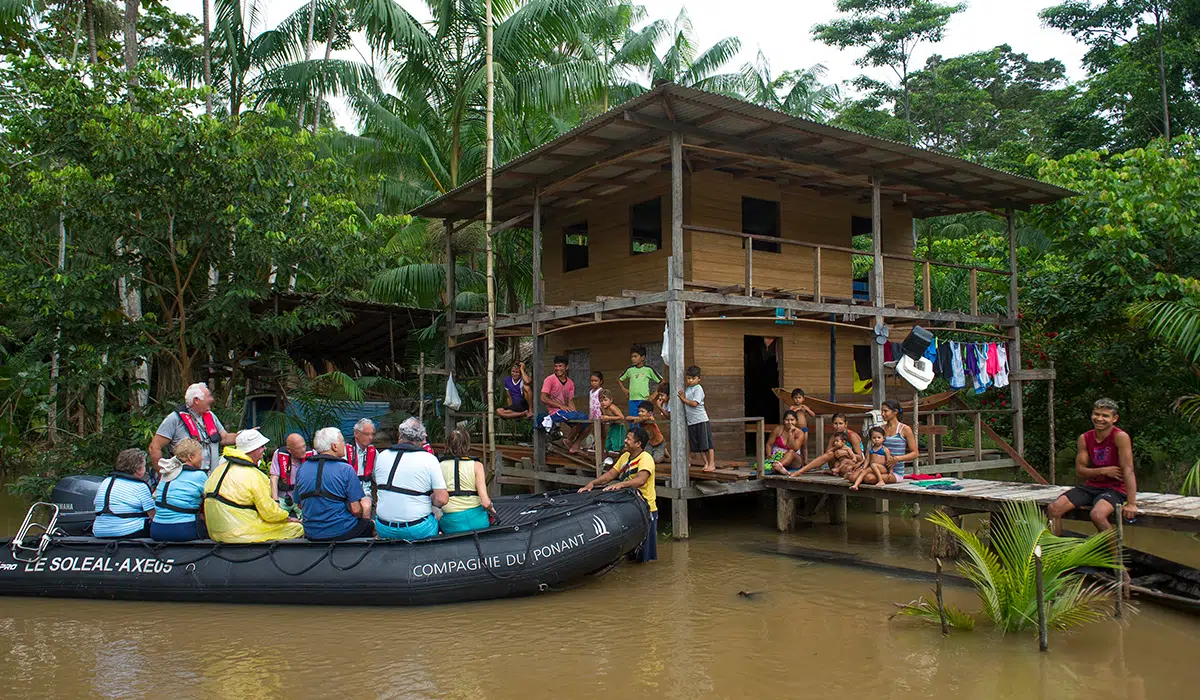
Get to know Serge
Serge Guiraud is an ethnographer that specialises in visual anthropology and accompanies PONANT guests on selected tropical expeditions as an expert ethnologist. Serge is also the founding president of Jabiru Prod, an association which collaborates with Brazil tribal populations to help protect the heritage of their culture, which does so by supporting projects that aid to enhance and reappropriate their cultural heritage. For example, in partnership with French museums, the association trains teams of indigenous videographers to use video as a means of transmitting and preserving their culture. The product of Serge’s travels is a documentary collection consisting of photographs, video footage, audio and written documents as well as a rich collection of tribal art.

Explore the depths of the Amazon for yourself
Join PONANT on a tropical Expedition in the Amazon.


